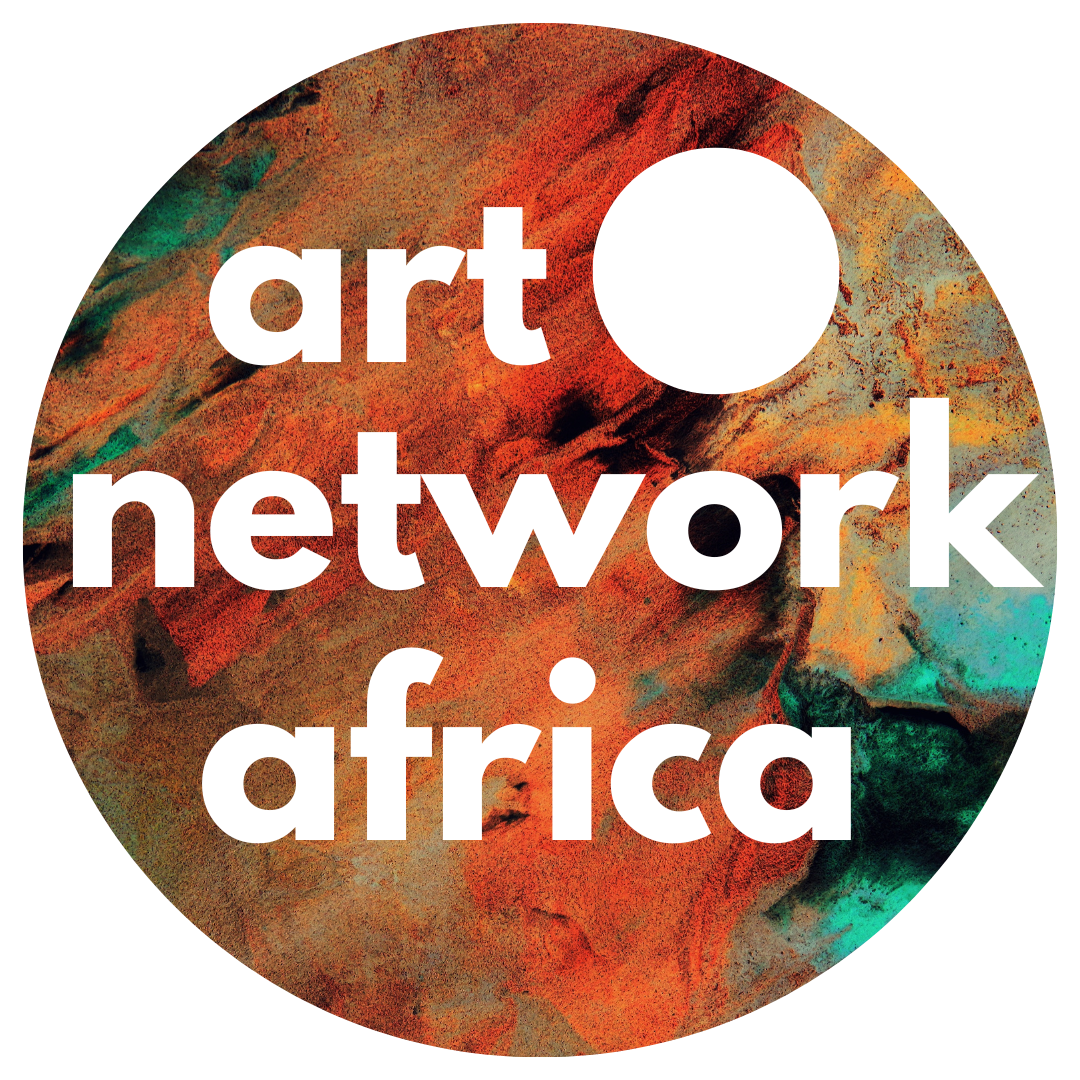“The children are always ours, every single one of them, all over the globe”—James Baldwin.
Kenyan artist Mika Obanda (b. 2000) is one artist who continues to spark interest, both as a writer and as a cultural worker. Born in the bustling slums of Mukuru kwa Reuben, Mika’s art continues to transcend apolitical views of what East African art should be. Met with the same fate as his predecessors, his art continues to garner more attention for its call to attention to dire issues in the country, such as femicide, misuse of public funds, education, LGBTQIA rights, prostitution, religion and the indoctrination of young men into toxic masculinity.

Drawing | 77 x 107 cm. Image courtesy of Mika Studio
Expressing the fragility of these issues through his art, he creates eggshell and charcoal works. He collects shells from premium Nairobi hotels, which he transforms into large, delicate mosaics. His process is lengthy as it involves drying the eggshells, crushing them into small glass-like pieces, painting them, and then placing each eggshell on board.
” Mosaic is very personal to me. It brought me peace when I needed it,” he states during a studio visit from BBC Africa.
A protege of the Mukuru Art collective, founded by artist Adam Masava, he describes his work as a cacophony of his life as a contemporary artist in Kenya. He grew up in Mukuru kwa Reuben in Nairobi slums, where he first encountered art through an art teacher from his primary school.
” Whenever I started drawing, all my teachers would complain because I couldn’t focus on anything else,” Mika states during my talk with him.

BEING WHO I THINK I AM, Drawing , 77 x 107 cm.Image courtesy of Mika Studio
After spending years developing his craft at Mukuru Art Collective, Mika had to leave upon revealing his queer identity. One incident epitomized this struggle: a framer from the collective refused to handle his artwork depicting two men sharing a meal, hurling homophobic slurs. The contrast was stark when a Muslim framer later praised the same piece without reservation.
Mika addressed these encounters, among many others, in his solo show at the Wajukuu Art collective, in which he went deep into the psyche of toxic masculinity and its dire consequences on society, especially for women living in underprivileged areas. The exhibition “ The Commentary” examined deep issues, including Christianity, and how it continues to affirm depressive neocolonial systems deeply engrained in Kenyan culture.

A year later, Mika moved back to Mukuru slums and set up his studio, which had been operating for at least a year. He frequently hosted visitors, including the BBC “In the Studio” team, with whom he shared intimate insights into his life and creative process. About a week later after his visit, his studio caught fire.
“Fires frequently occur in the slums due to poor infrastructure, illegal electricity connections, and unattended cooking appliances,” he states during our conversation. “This fire was especially unfortunate because I had already completed several pieces for my upcoming solo show at the HOF Gallery in Kibera. It has set me back by two months’ worth of finished artwork,” he continues.

His home studio was just near his mother’s house, in a plot they owned alongside other families who had become homeless since the fire. Mika and his mother have since started rebuilding the area with a proposed renovation plan of a concrete first floor and iron sheet houses on the second floor. With support from his gallery, HOF Gallery, he is currently completing his artworks in their space as a resident until August 2025.

Mika’s story mimics young emerging talents in Nairobi and all over Kenya who continue to create artworks despite these dire circumstances. Unfortunately, This situation is the backstory of most artists who have their roots deep in the community but are forced to work in systems that continue to make it harder for them to create. In a metropolitan city like Nairobi, artists come from all over the country, seeking better markets, but unfortunately, they are confronted with the reality of systemic class systems.
The ongoing collaborations between different parts of Africa, as well as support from local communities continues to be a saving grace for young artists. They are able to get refuge and cushon themselves during these tragic times.
“This tragedy has continued to affirm the importance of my community. I have received numerous support and visits, with different people asking for ways to help us reconstruct the studio again.” Mika comments reminiscing on his plans to host young students from his former school.
The plans are still underway, awaiting the construction of his new studio. In early August, he is preparing for his solo show at the HOF gallery, Kibera.
Click here to follow Mika’s channel and support his journey.


